| By: Sonia Last month, I went to the Ohio Prairie Association's Annual Conference, this year held in Columbus, OH. Prairies are beautiful and complex, mostly treeless habitats, dominated by specific species of grasses, sedges (grass like plants with triangular stems) and to a lesser extent, forbs (wildflowers). Prairies support an amazing array of biological diversity. Unfortunately, due to modern farming practices, they are one of our most endangered ecosystems. I developed a love for butterflies and prairies while working for Cleveland Metroparks as the Local Conservation Coordinator for the Zoo. Part of my job included carrying out weekly butterfly monitoring transects in nearby Brookside Reservation from May-October. In 2008, I took a section of the transect and coordinated a butterfly habitat restoration effort using native prairie grass and flower seeds that served as host plants for caterpillars and also nectar sources that would bloom throughout the summer for adult butterflies. It gives me great joy to see how the habitat has evolved and matured over the last 5 years and the resultant increase in plant and insect biodiversity that is apparent. Here are some pictures taken in the habitat over the years. As the prairie has matured, it has become more grass dominated, as it should. |
Role of Mycorrhizae
Through my Natural Farming experiences, I have become much more aware of the important role that mycorrhizae play in rehabilitating soils and as an extension, native plant communities. Mycorrhizae are “fungus roots” which form a mutualistic relationship with the roots of 95% of plant species. They increase the plants root system many thousands of times over and give the plant access to nutrients and water that would otherwise be unavailable to the plant.
The same techniques that I use to culture mycorrhizae/indigenous microorganisms (IMO) on my farm can be applied to help facilitate habitat restoration projects, especially with prairies.
It turns out, that there has been some research done on this. Smith et al (1998) found that plots inoculated with mycorrhizal fungi at a roadside prairie restoration site had greater cover by native prairie species than uninoculated plots. Mycorrhizal fungi are especially important for some very threatened prairie plants, such as the Eastern Prairie Fringed Orchid, whose microscopic seeds will not germinate without the presence of species specific mycorrhizal fungi.
Unfortunately, most of the studies I have read that have used mycorrhizal fungi to inoculate prairie restoration sites have used either bulk commercial inoculum, which is relatively inexpensive, but the microorganisms are nonindigineous to the area. A few took mycorrhizal fungi from a local prairie remnant and propagated it in a laboratory facility, which was very expensive and not practical for larger areas. But there is another way- one can easily and cheaply propagate mycorrhizae/indigenous microorganisms (IMO) as I do on my farm and have described here.
Conventional Agriculture vs. Multi-functional, Regenerative Agriculture
The roots of native prairie grasses such as Big Bluestem and Switchgrass may go down 7-11 ft deep. Some of the roots die and decompose each year, and this process adds large quantities of organic matter (carbon) to the soil. The hyphae of mycorrhizal fungi produce the glycoprotein glomalin, which may be another major store of carbon in the soil (taking carbon out of the atmosphere and putting it in the soil helps to build fertility and reverse climate change). Native prairie soils are some of the most fertile soils on Earth and the reason why so few original prairies remain is that they have mostly been converted to conventional agriculture.
Most of what is being grown on Ohio’s former prairies are annual monocrops of corn, wheat and soybeans, using annual tilling, chemically produced fertilizers, biocides and genetically modified seeds, all which destroy beneficial soil microorganisms, including mycorrhizae. These practices also diminish wildlife diversity, cause major soil erosion and contribute greatly to atmospheric carbon deposition (resulting in global climate change). During the field trip portion of the Ohio Prairie Conference, where we visited a few remnant prairie sites, we drove by thousands of acres of this type of agriculture.
Through my Natural Farming experiences, I have become much more aware of the important role that mycorrhizae play in rehabilitating soils and as an extension, native plant communities. Mycorrhizae are “fungus roots” which form a mutualistic relationship with the roots of 95% of plant species. They increase the plants root system many thousands of times over and give the plant access to nutrients and water that would otherwise be unavailable to the plant.
The same techniques that I use to culture mycorrhizae/indigenous microorganisms (IMO) on my farm can be applied to help facilitate habitat restoration projects, especially with prairies.
It turns out, that there has been some research done on this. Smith et al (1998) found that plots inoculated with mycorrhizal fungi at a roadside prairie restoration site had greater cover by native prairie species than uninoculated plots. Mycorrhizal fungi are especially important for some very threatened prairie plants, such as the Eastern Prairie Fringed Orchid, whose microscopic seeds will not germinate without the presence of species specific mycorrhizal fungi.
Unfortunately, most of the studies I have read that have used mycorrhizal fungi to inoculate prairie restoration sites have used either bulk commercial inoculum, which is relatively inexpensive, but the microorganisms are nonindigineous to the area. A few took mycorrhizal fungi from a local prairie remnant and propagated it in a laboratory facility, which was very expensive and not practical for larger areas. But there is another way- one can easily and cheaply propagate mycorrhizae/indigenous microorganisms (IMO) as I do on my farm and have described here.
Conventional Agriculture vs. Multi-functional, Regenerative Agriculture
The roots of native prairie grasses such as Big Bluestem and Switchgrass may go down 7-11 ft deep. Some of the roots die and decompose each year, and this process adds large quantities of organic matter (carbon) to the soil. The hyphae of mycorrhizal fungi produce the glycoprotein glomalin, which may be another major store of carbon in the soil (taking carbon out of the atmosphere and putting it in the soil helps to build fertility and reverse climate change). Native prairie soils are some of the most fertile soils on Earth and the reason why so few original prairies remain is that they have mostly been converted to conventional agriculture.
Most of what is being grown on Ohio’s former prairies are annual monocrops of corn, wheat and soybeans, using annual tilling, chemically produced fertilizers, biocides and genetically modified seeds, all which destroy beneficial soil microorganisms, including mycorrhizae. These practices also diminish wildlife diversity, cause major soil erosion and contribute greatly to atmospheric carbon deposition (resulting in global climate change). During the field trip portion of the Ohio Prairie Conference, where we visited a few remnant prairie sites, we drove by thousands of acres of this type of agriculture.
But, there are ways that farms and prairies can peacefully coexist, as a group called EcoSun Prairie Farms in South Dakota is demonstrating by re-establishing and farming diverse mixtures of native perennial grasslands (prairies). Their objectives are to demonstrate how to make a sustainable living from a variety of products produced on restored prairie, including food and fiber, as well as ecological goods and services such as clean air and water, improved soils and high biodiversity.
Over the past 6 years, they converted 350 acres of former annual corn and soybean cropland to native grassland, restored nearly half of 35 formerly drained wetlands on the property and rejuvenated 75 acres of former conventional pasture by planting native warm season grasses. Current income streams include sales of native plant seed, hay, and grass-raised beef. Future income streams may include cellulosic-based biofuels, ecotourism and fee hunting since they have had an explosion in grassland birds (like bobolinks) and game birds (such as pheasants). Other environmental benefits have also accrued including improved soil quality, increased surface water in wetlands (flood water retention), and recovery of shallow aquifers.
This is so exciting to me because I am planning on taking this same concept and doing it on a smaller scale- converting about 3 acres of my farm into productive prairie pasture. I plan to use holistic planned grazing techniques using poultry, sheep and goats to mimic the natural grazing pressures that prairies have evolved under. Grazing increases growth in prairies, animals naturally add fertility to the soil through urine and feces, and the trampling opens up habitat for plant species that prefer some disturbance of the soil.
Prairie plants are adapted to these stresses by largely being herbaceous perennials with underground storage structures, having growing points slightly below ground level, and extensive, deep root systems. These underground growing points are left unharmed by browsing animals that are managed correctly (i.e. not kept in one place for too long).
There are many possible integrated income streams that I have envisioned coming from this that would augment my blueberry, vegetable and herb products, including cut prairie flower bouquets, (increased) honey production, pastured poultry, egg and raw milk production, selling native plant seeds, eco/agrotourism (a Farm Bed and Breakfast or Farm to Table events) and selling of carbon credits. Plus, I would much rather have a beautiful prairie with animals peacefully grazing than a lawn that needs to be mowed!
I will be sure to post updates as I get this project going but in the mean time, I'd encourage you to go out and experience the vibrant, living world of prairies as they are in their full glory at this time of year. Here is a map of publically accessible prairies in Ohio. Below are a few photos of some of the prairies that I visited near Columbus.
Over the past 6 years, they converted 350 acres of former annual corn and soybean cropland to native grassland, restored nearly half of 35 formerly drained wetlands on the property and rejuvenated 75 acres of former conventional pasture by planting native warm season grasses. Current income streams include sales of native plant seed, hay, and grass-raised beef. Future income streams may include cellulosic-based biofuels, ecotourism and fee hunting since they have had an explosion in grassland birds (like bobolinks) and game birds (such as pheasants). Other environmental benefits have also accrued including improved soil quality, increased surface water in wetlands (flood water retention), and recovery of shallow aquifers.
This is so exciting to me because I am planning on taking this same concept and doing it on a smaller scale- converting about 3 acres of my farm into productive prairie pasture. I plan to use holistic planned grazing techniques using poultry, sheep and goats to mimic the natural grazing pressures that prairies have evolved under. Grazing increases growth in prairies, animals naturally add fertility to the soil through urine and feces, and the trampling opens up habitat for plant species that prefer some disturbance of the soil.
Prairie plants are adapted to these stresses by largely being herbaceous perennials with underground storage structures, having growing points slightly below ground level, and extensive, deep root systems. These underground growing points are left unharmed by browsing animals that are managed correctly (i.e. not kept in one place for too long).
There are many possible integrated income streams that I have envisioned coming from this that would augment my blueberry, vegetable and herb products, including cut prairie flower bouquets, (increased) honey production, pastured poultry, egg and raw milk production, selling native plant seeds, eco/agrotourism (a Farm Bed and Breakfast or Farm to Table events) and selling of carbon credits. Plus, I would much rather have a beautiful prairie with animals peacefully grazing than a lawn that needs to be mowed!
I will be sure to post updates as I get this project going but in the mean time, I'd encourage you to go out and experience the vibrant, living world of prairies as they are in their full glory at this time of year. Here is a map of publically accessible prairies in Ohio. Below are a few photos of some of the prairies that I visited near Columbus.
| Smith MR, Charvat I, Jacobson RL. 1998. Arbuscular mycorrhizae promote establishment of prairie species in a tallgrass prairie restoration. Can J Bot 76:1947–1954. |
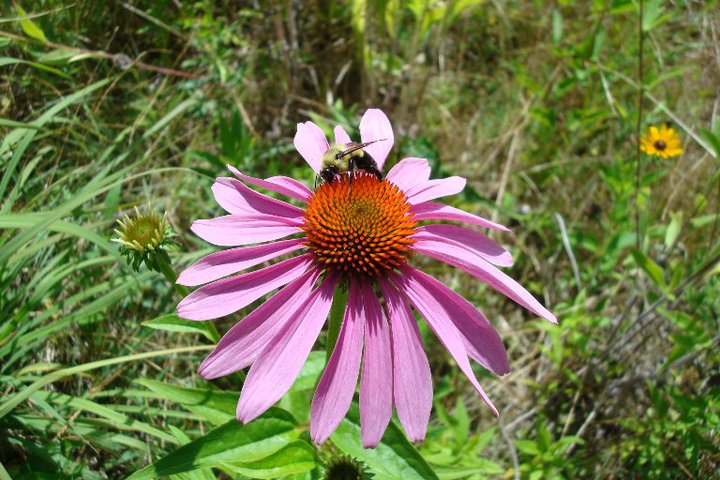
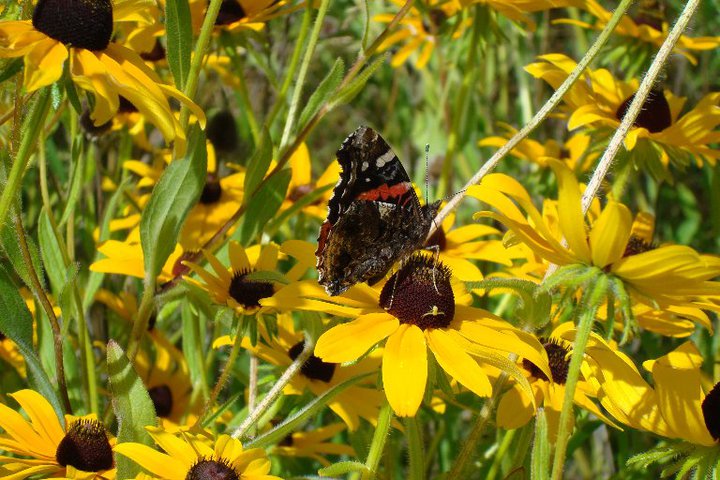
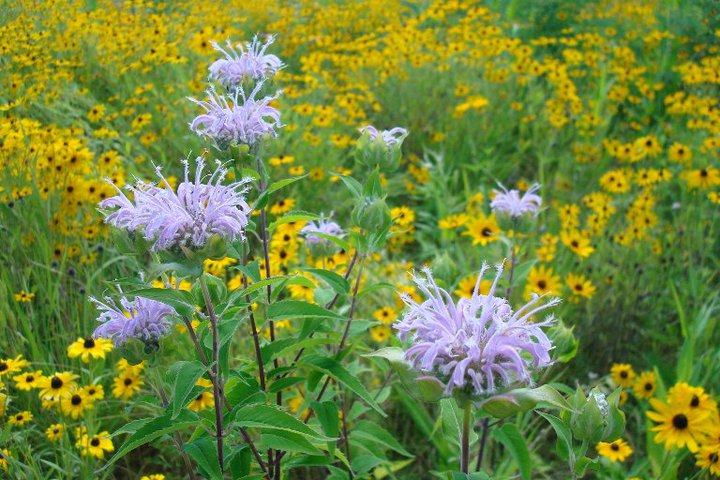
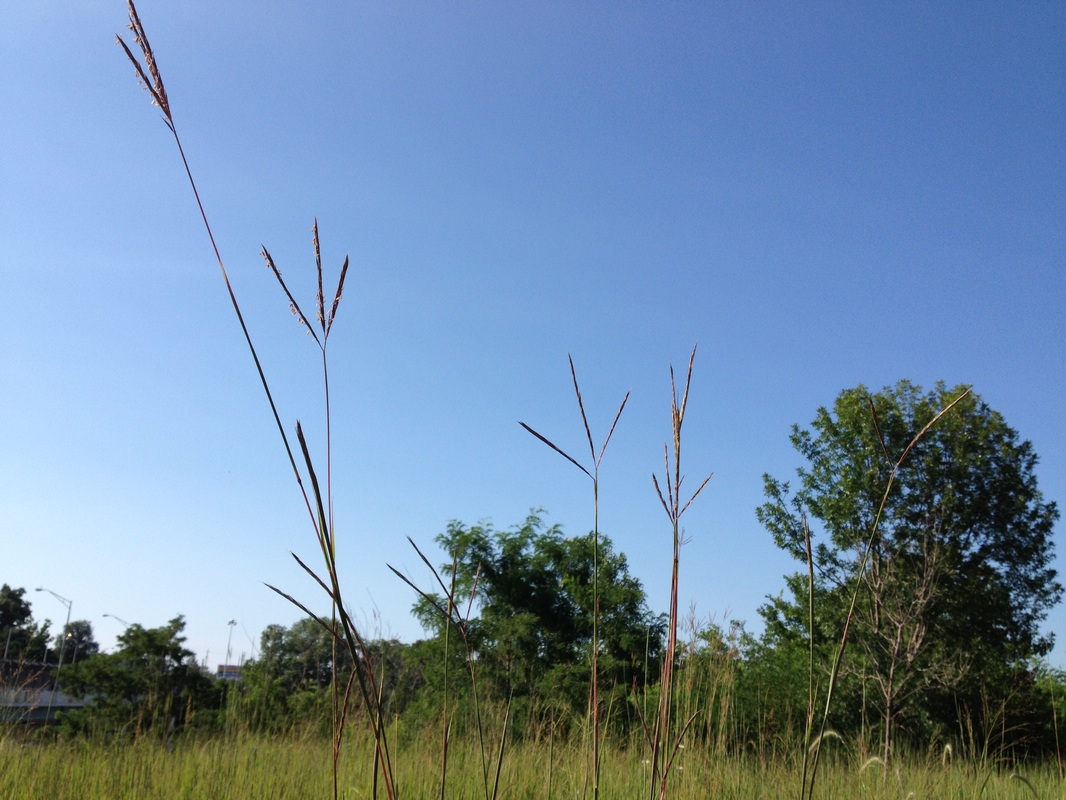
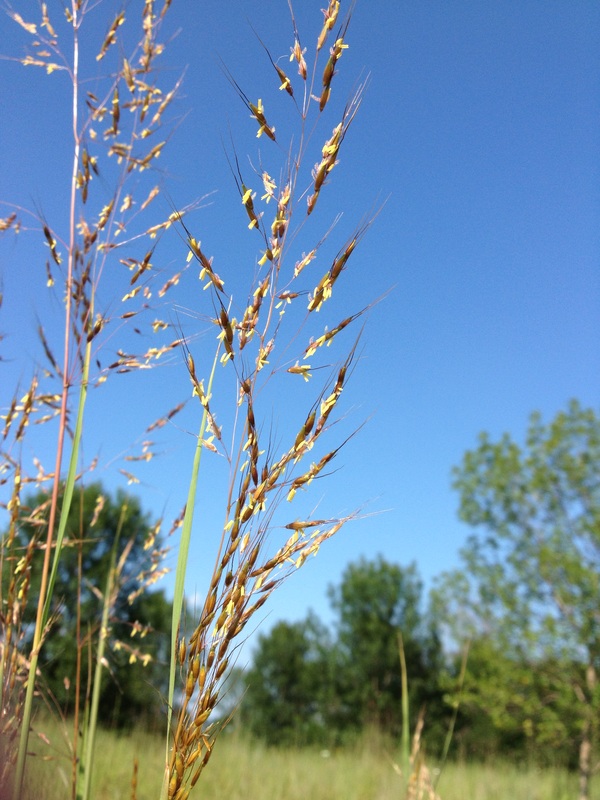
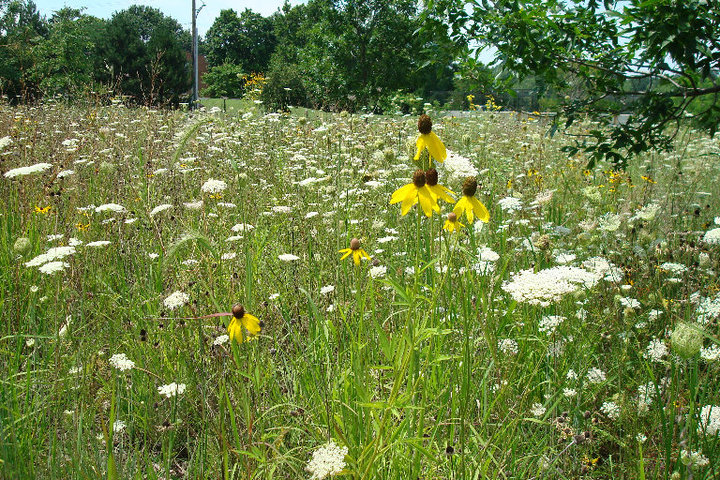
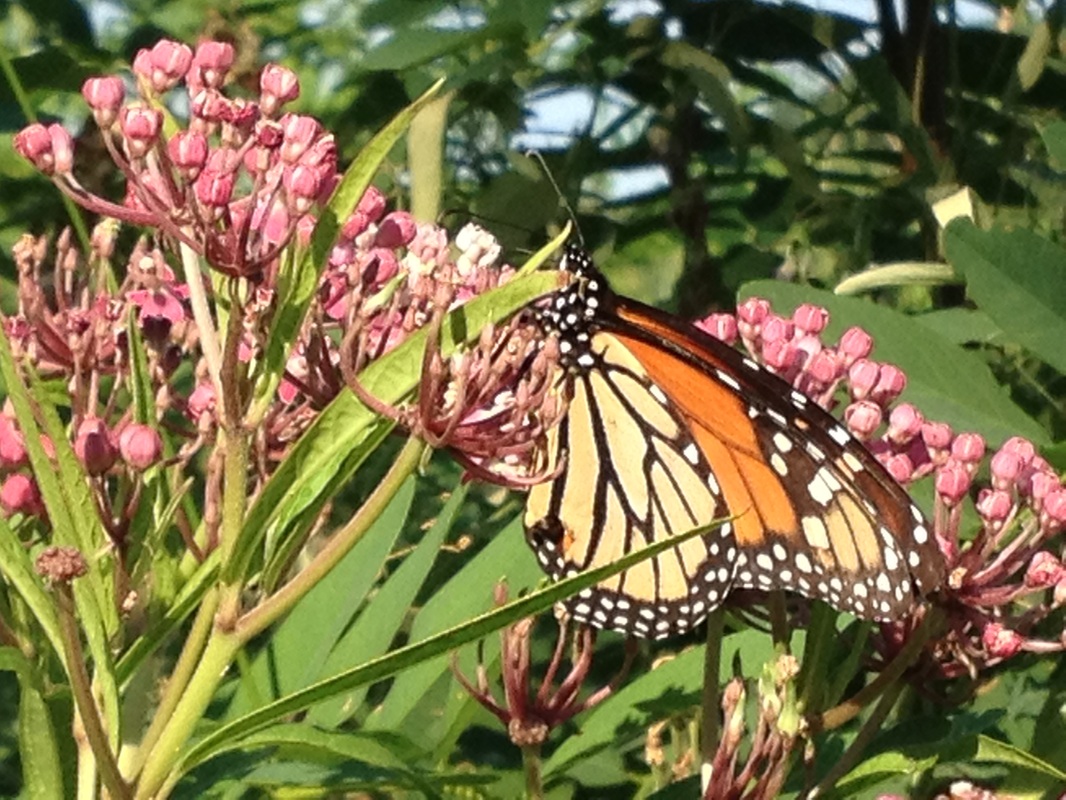
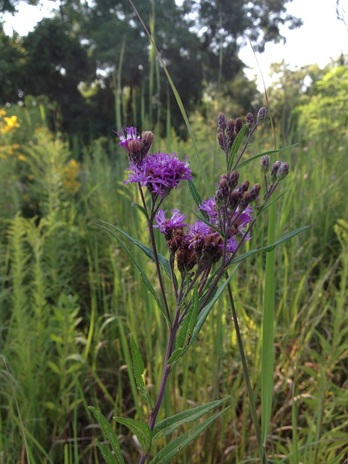
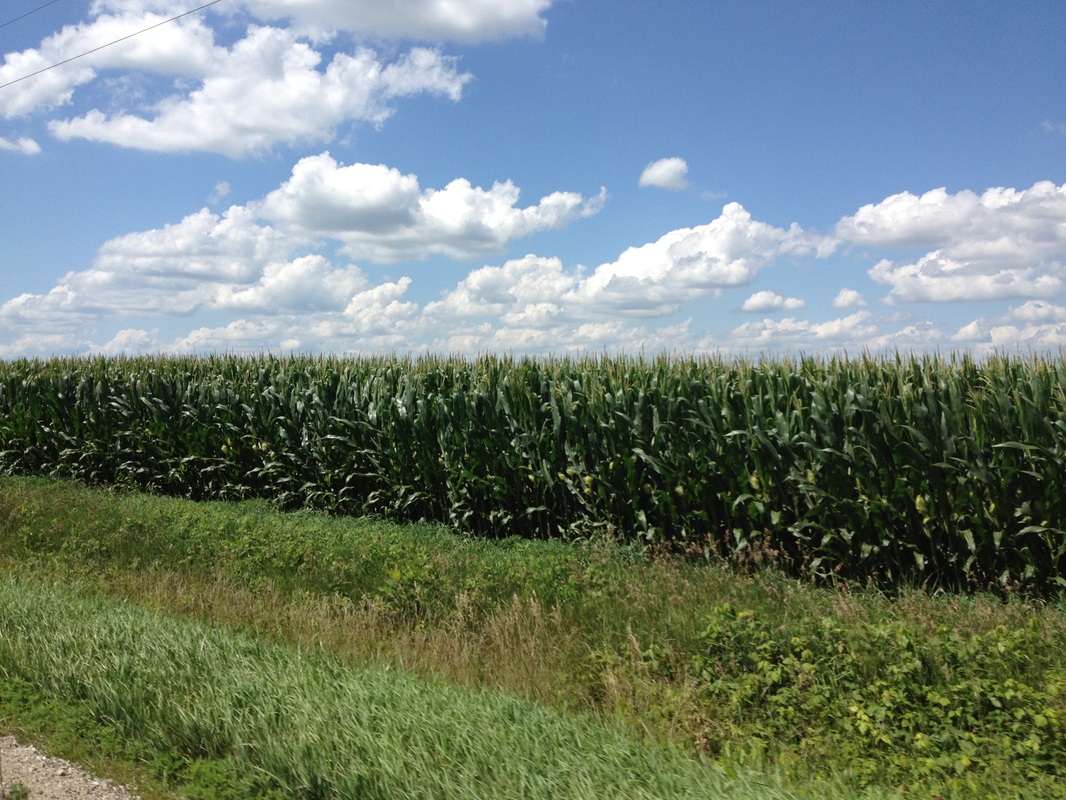
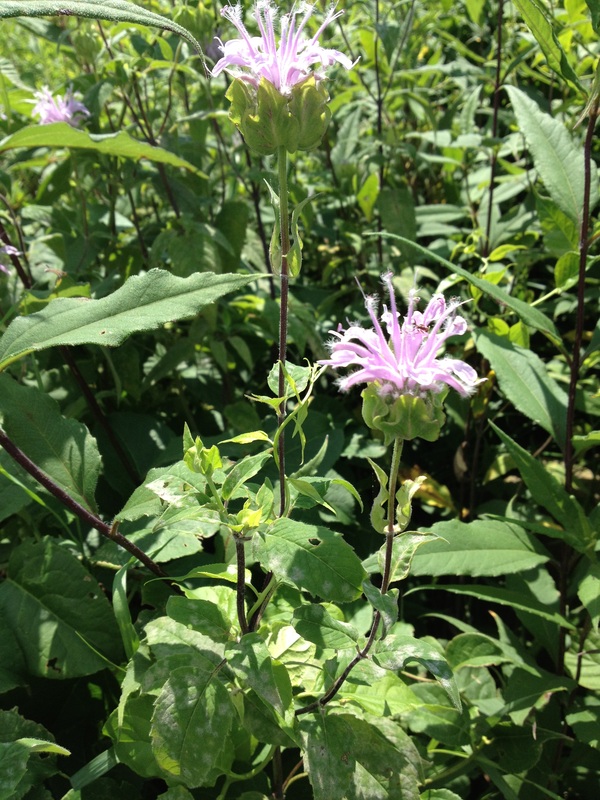
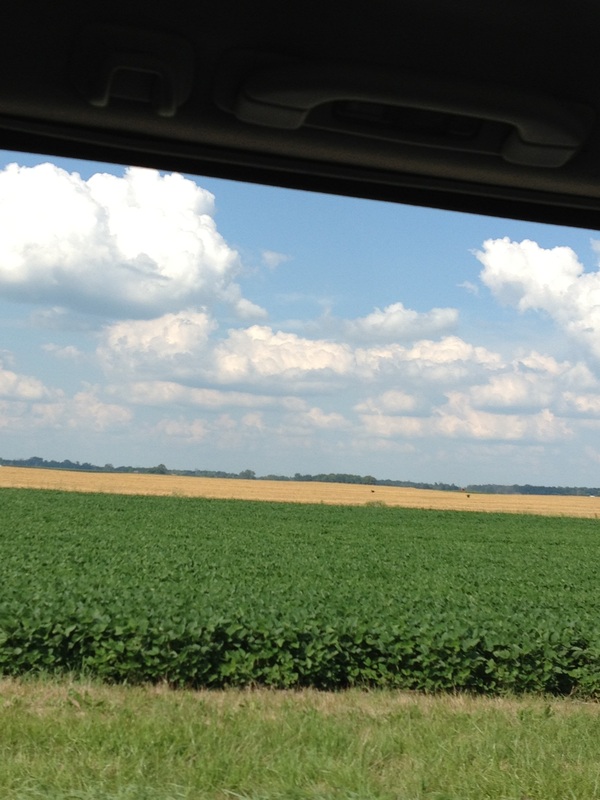
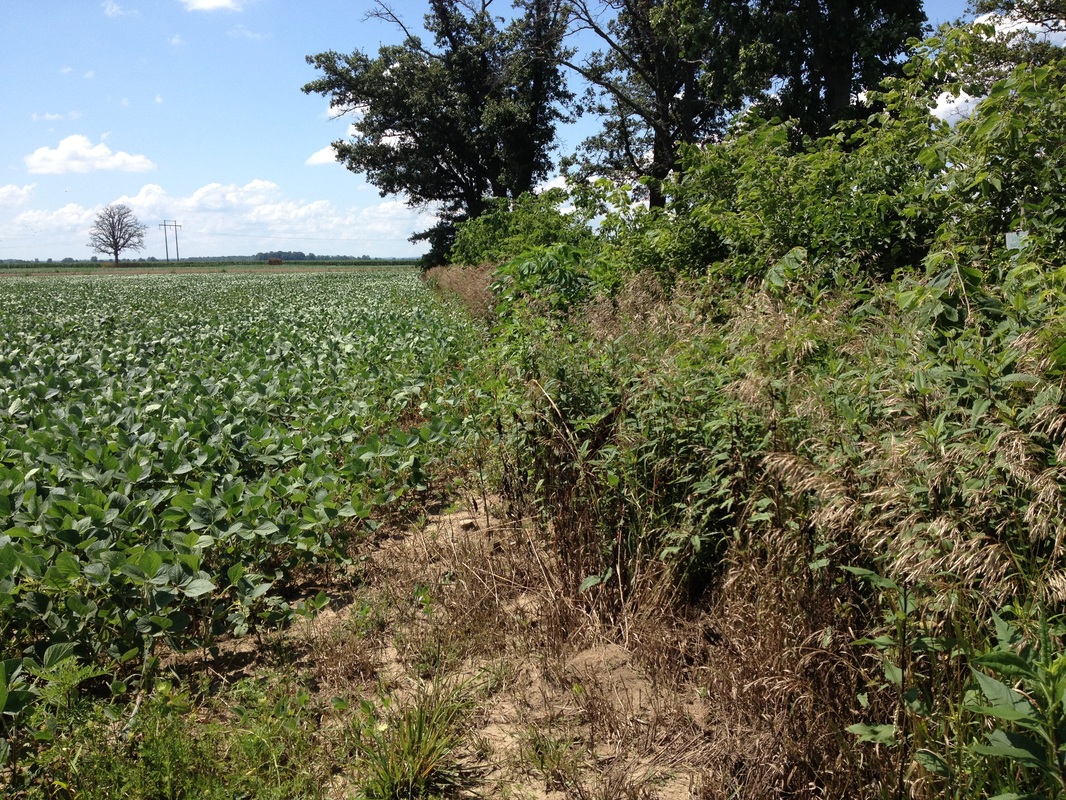
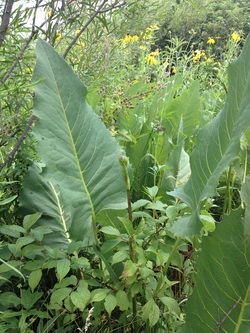
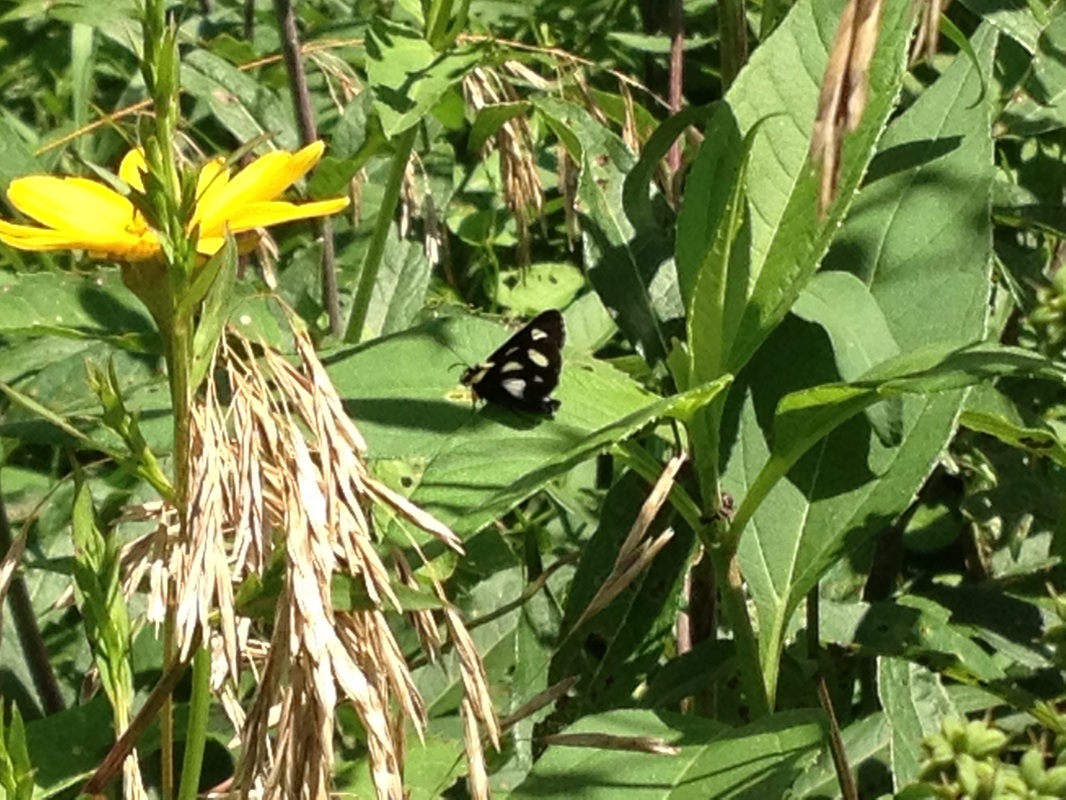
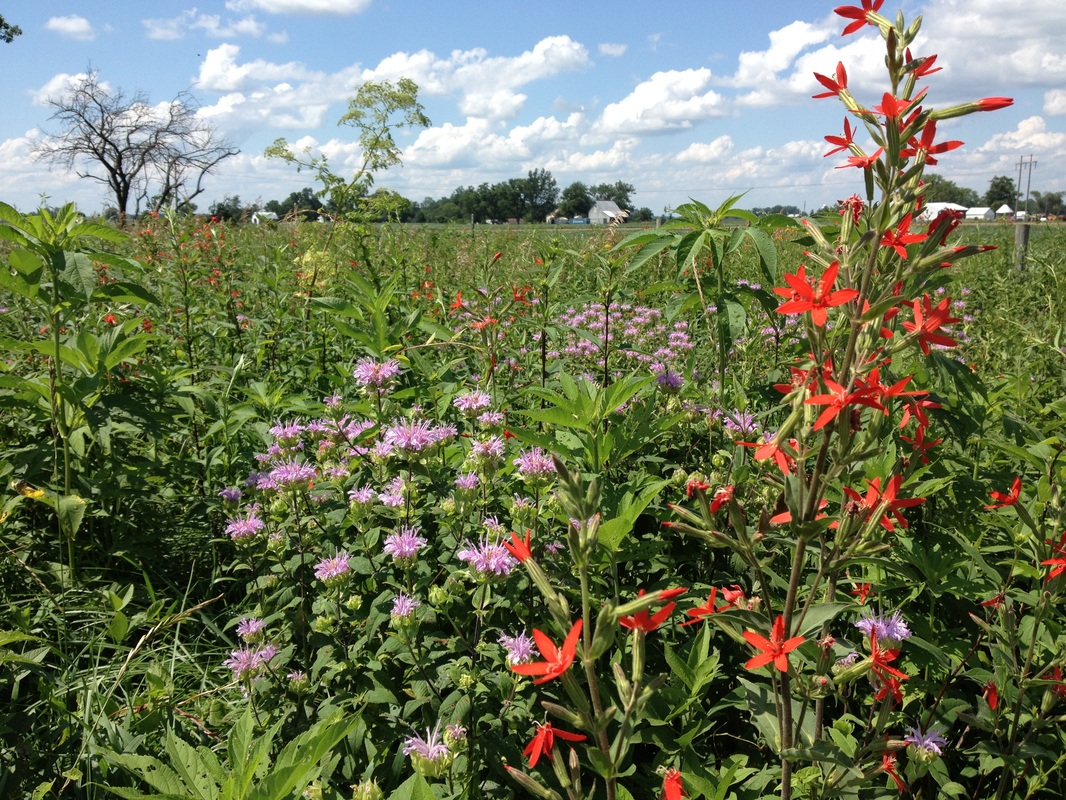
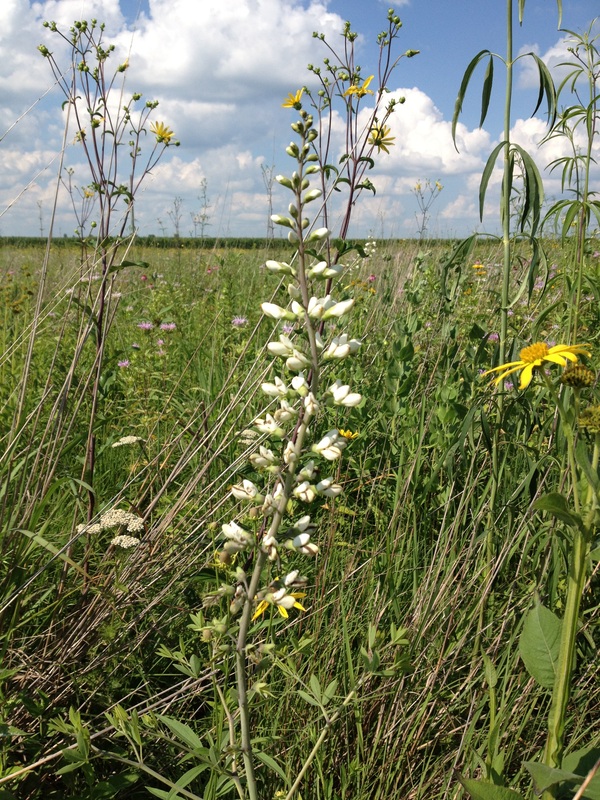
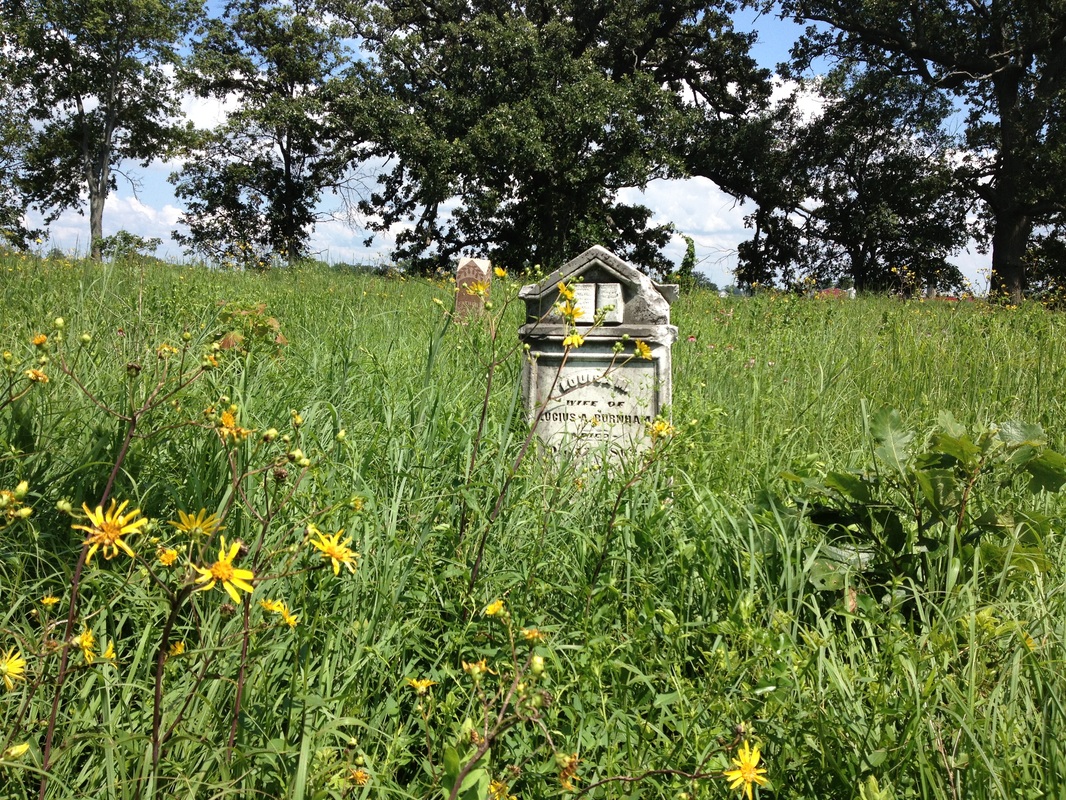
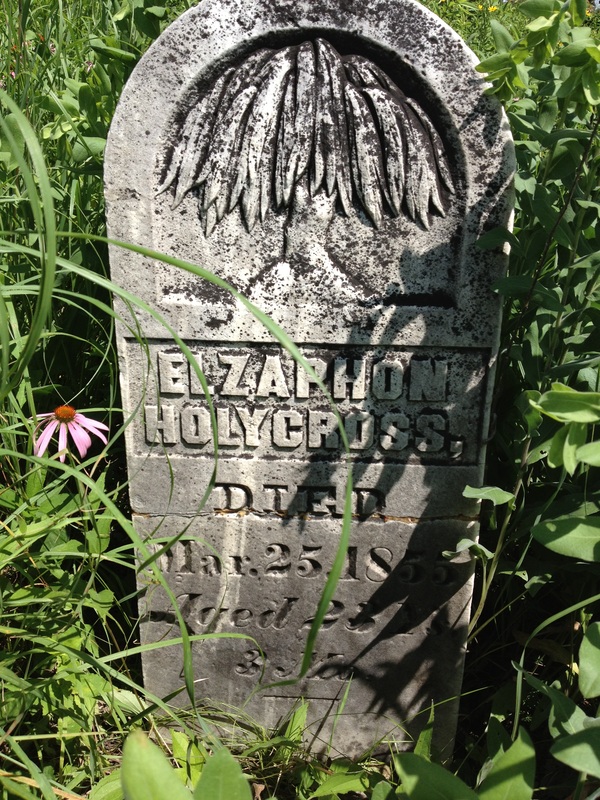
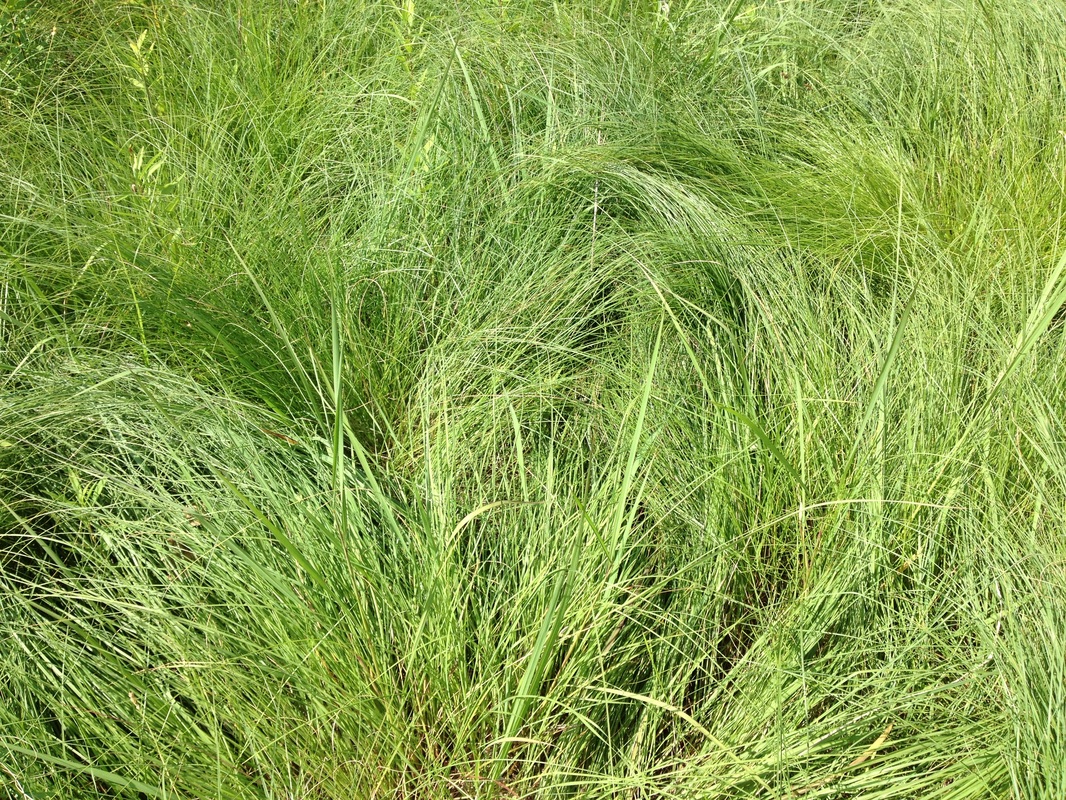
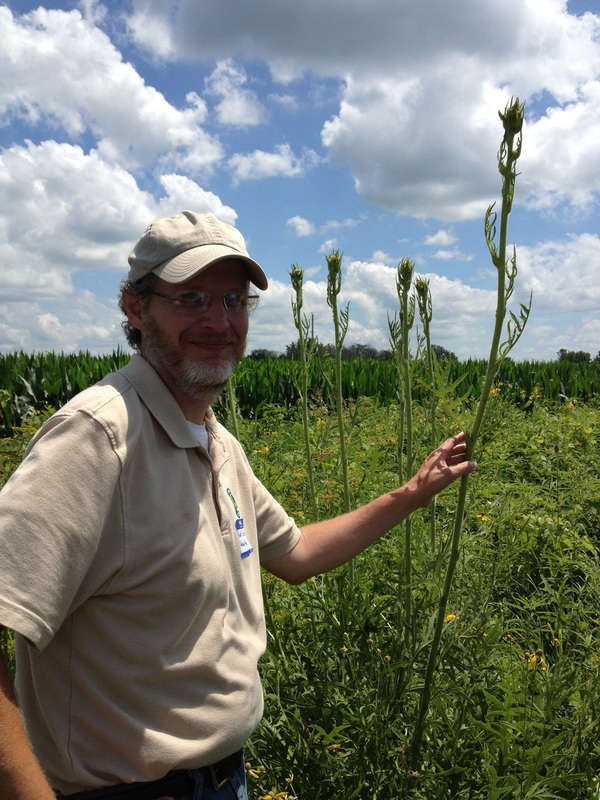
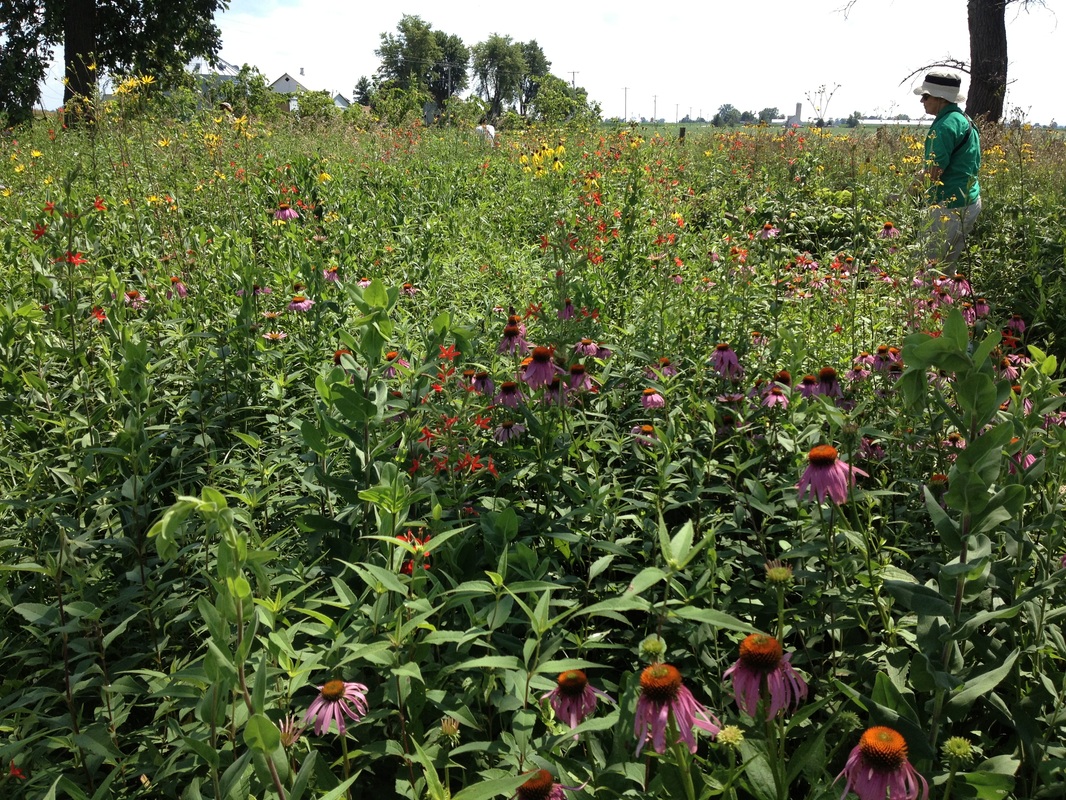
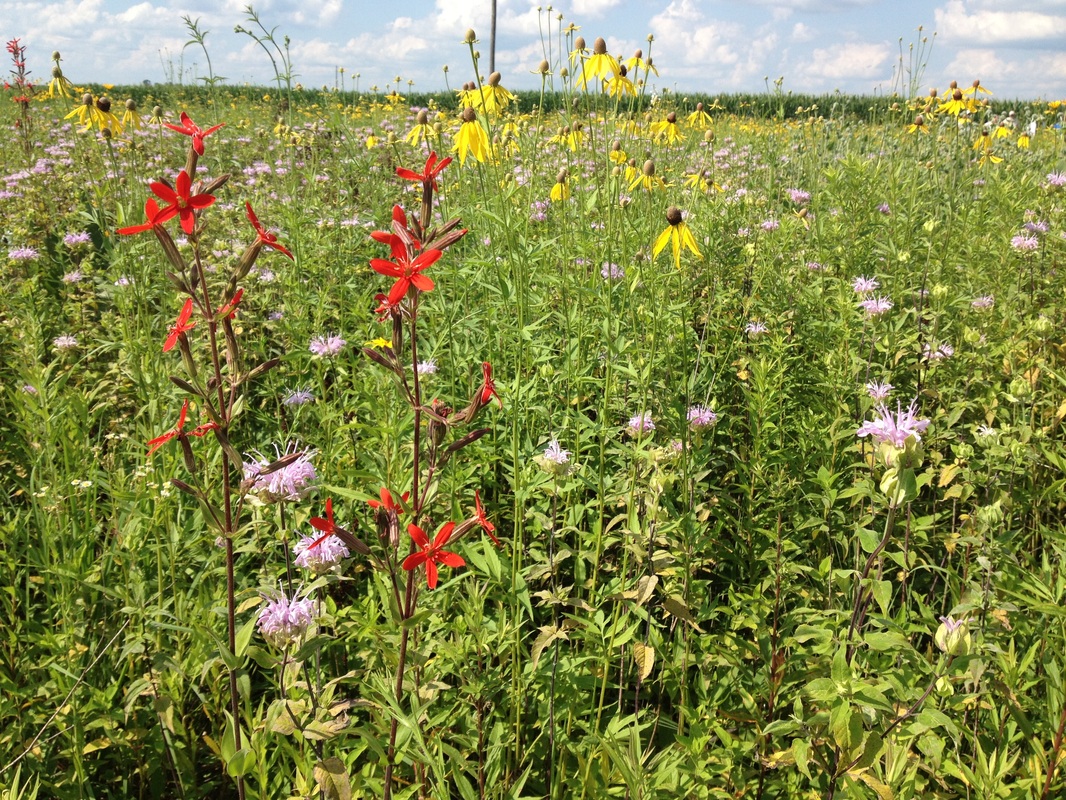
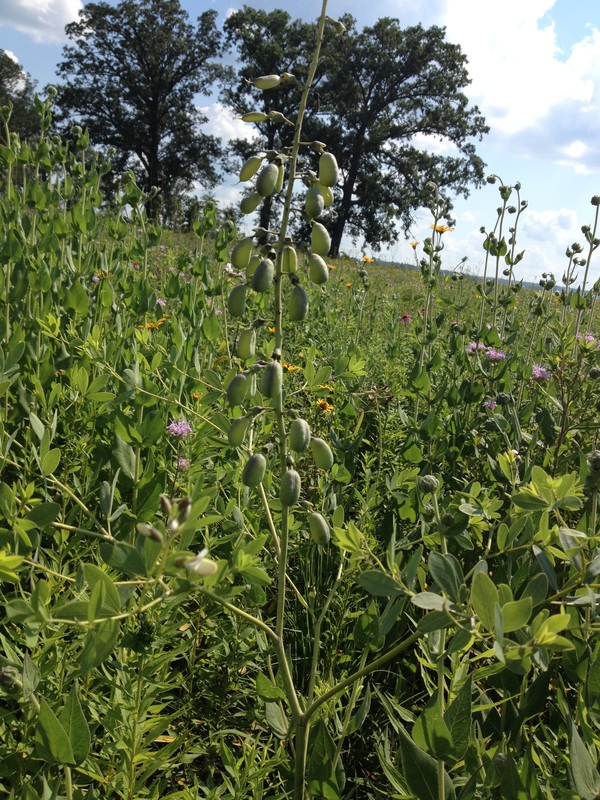
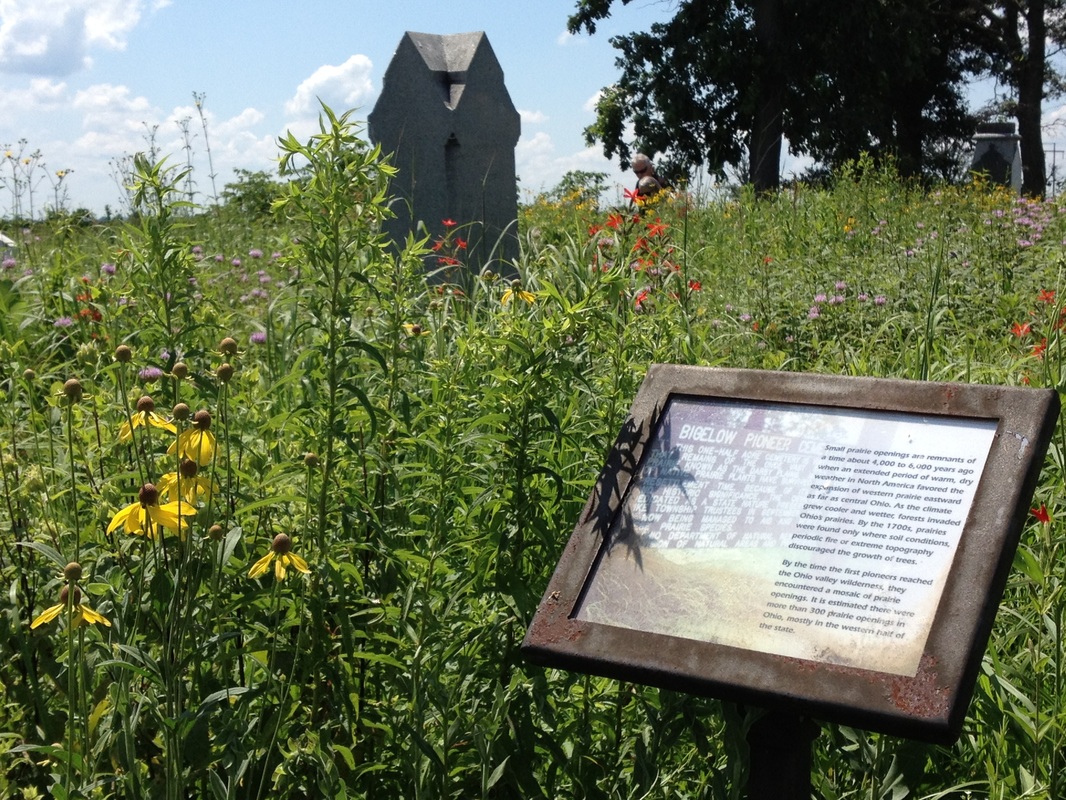
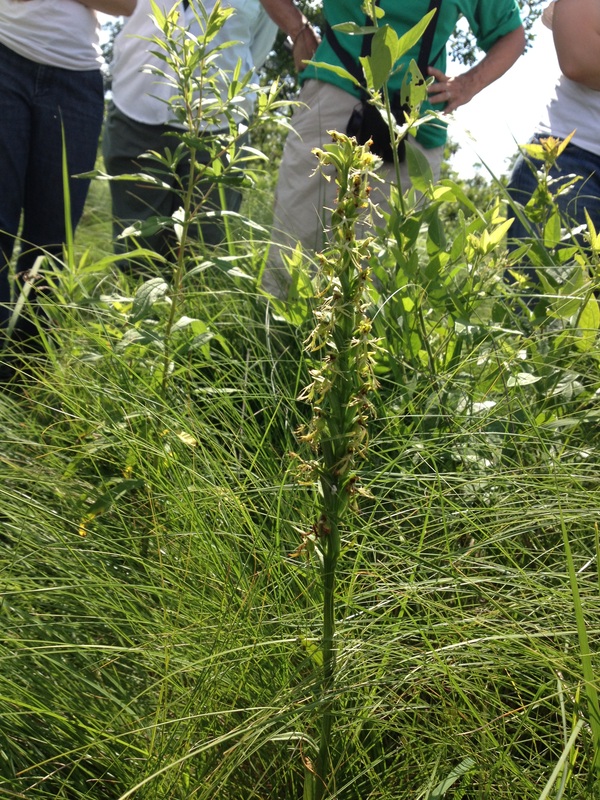
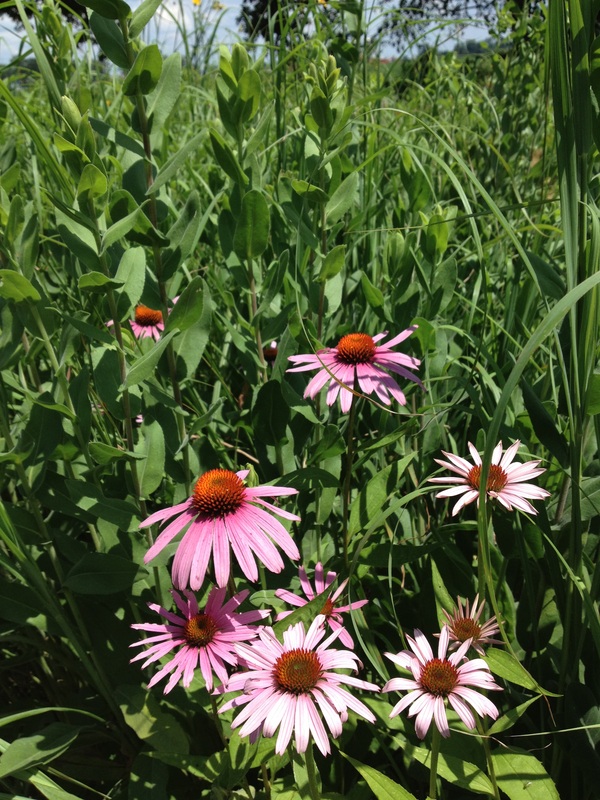
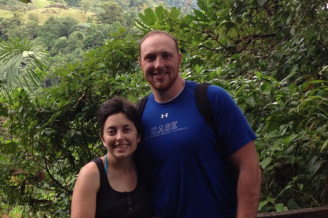
 RSS Feed
RSS Feed
